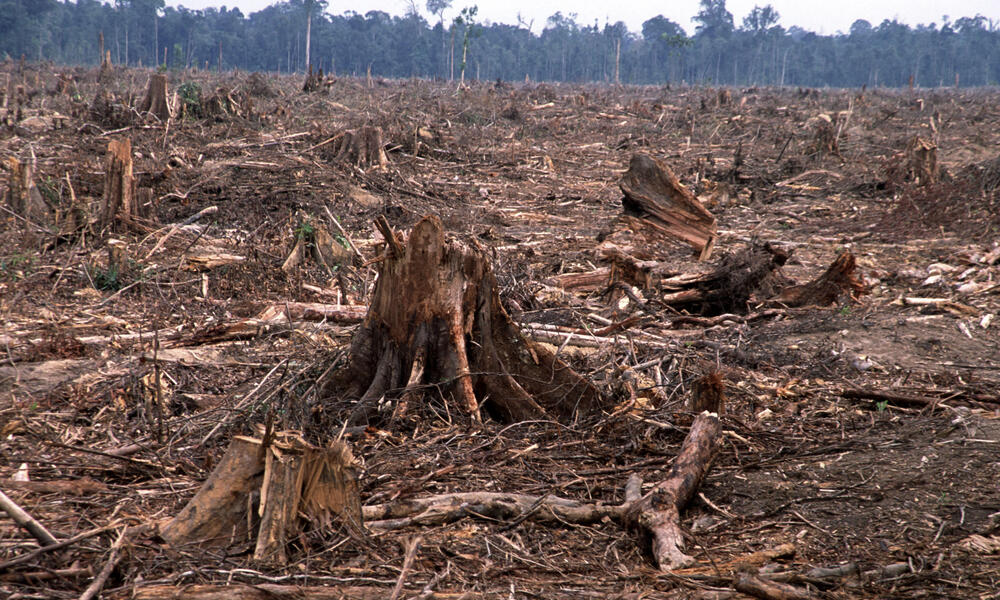
Bhoomi: Reviving the Sacred Earth
According to Vedic tradition, every village fell into three categories: Mahavan (Great Forest), Tapovan (Forest of Meditation), or Shrivan (Forest of Prosperity). By the third century AD, a new era of town-building had begun in India’s northern regions, shaping the relationship between human settlements and the natural world. The forest, often depicted in Vedic literature, was seen as a distinct realm—a world of untamed nature, rich with creatures, birds, and life forms that contrasted sharply with the orderly life of the city.
The ancient texts tell us that the land of Aryavarta (the land of the Aryans) was often defined by its association with the black antelope, signifying the sacredness of the northern territories beyond the Vindhya mountains. These lands were revered not only for their natural beauty but also for their spiritual significance, offering a sanctuary for sages and a retreat for warriors like Lord Rama and Lakshmana.
However, over time, the harmonious balance between man and nature began to deteriorate. By the 20th century, approximately 31 million square miles of the Earth was covered by forests. Today, that number has tragically diminished to less than 25 million square miles, largely due to the relentless expansion of agricultural land, urbanization, and the unsustainable demand for wood and forest products. As deserts spread, farmlands expand, and cities grow, we face the severe consequences of deforestation, including climate change, wildlife extinction, and the loss of biodiversity.
श्वासप्रश्वासयोः शुद्धा, श्वासप्रश्वासयोरपि। सर्वे शुद्धं श्वासप्रश्वासस्य शुद्धिः॥
Translation: “In the pure flow of inhalation and exhalation, all is purified; thus, the purification of the breath is supreme.”
Deforestation is a global crisis, driven by human activities such as farming, livestock grazing, mining, and urbanization. The remaining native forest cover is but a fraction of what once was, with the impacts of human encroachment leading to habitat fragmentation, the planting of non-native trees, and overgrazing. These actions have disrupted ecosystems, altered weather patterns, and threatened countless species.
At Aatmanirbhar Society, we are committed to reversing the effects of deforestation in Uttarakhand. Our vision is to transform the Yamuna Valley—approximately 180 kilometers from Yamunotri to Vikasnagar—into a thriving landscape filled with medicinal plants. This endeavor is not just about conservation; it is about restoration. By successfully cultivating these valleys with herbal plants and trees, we aim to pave the way for transforming the 24 valleys of Uttarakhand into the world’s herbal basket, a testament to India’s ancient wisdom and commitment to ecological balance.
Become a Volunteer
Fill the Form and Join the Movement for a Sustainable and Self-Reliant Future

